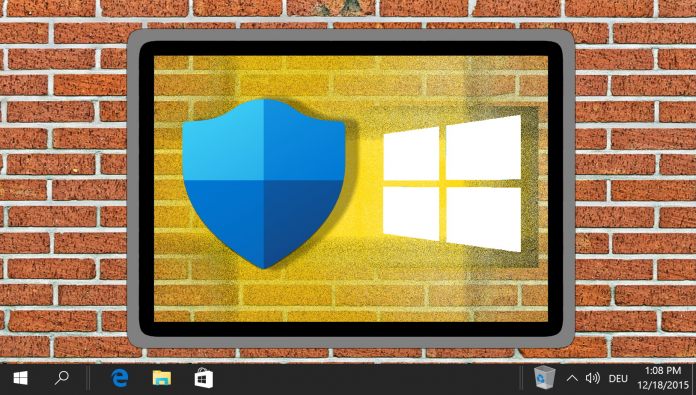Microsoft has addressed a critical security vulnerability in its Windows Defender SmartScreen, identified as CVE-2024-21412, which had been exploited by cybercriminals targeting financial market traders. This flaw allowed unauthenticated attackers to bypass security protocols by convincing users to click on specially crafted files designed to evade SmartScreen's displayed security checks. While attackers could not force users to view malicious content directly, they employed tactics to induce clicks through social engineering, prominently within forex trading forums and stock trading Telegram channels.
Trend Micro's Discovery and Attack Tactics
The CVE-2024-21412 vulnerability came to light following investigations by Trend Micro security researchers, uncovering its use in spear-phishing attacks by a group known as Water Hydra or DarkCasino. Notably, these attacks commenced on New Year's Eve, evidencing a strategic timing for the assaults aimed at forex brokers' platforms. Water Hydra's method involved posting bilingual messages in English and Russian, alongside counterfeit financial tools and stock technical analysis resources designed to lure traders into installing the DarkMe malware.
Preventative Measures and Industry Response
The resolution of CVE-2024-21412 bypasses another vulnerability, CVE-2023-36025, patched during the November 2023 Patch Tuesday. The cybersecurity community underscores the importance of timely updates in safeguarding against such vulnerabilities, as demonstrated by the patch's ability to prevent potential data theft or ransomware deployment. Additional indicators of compromise (IoCs) have been shared for network defenses, while Microsoft's actions also serve as a reminder of the continuous threats posed by cybercriminal groups exploiting zero-day vulnerabilities for financial gains. The cybersecurity landscape remains vigilantly responsive to protect users and industries from emerging threats.
This security update is a part of the wider February 2024 Patch Tuesday. Microsoft has rolled out a hefty suite of 72 new patches aimed at fortifying a wide array of its services against vulnerabilities, including Microsoft Windows and its components, Office suite, Azure cloud services, .NET and ASP.NET frameworks, SQL Server, Windows Hyper-V, and Microsoft Dynamics.






